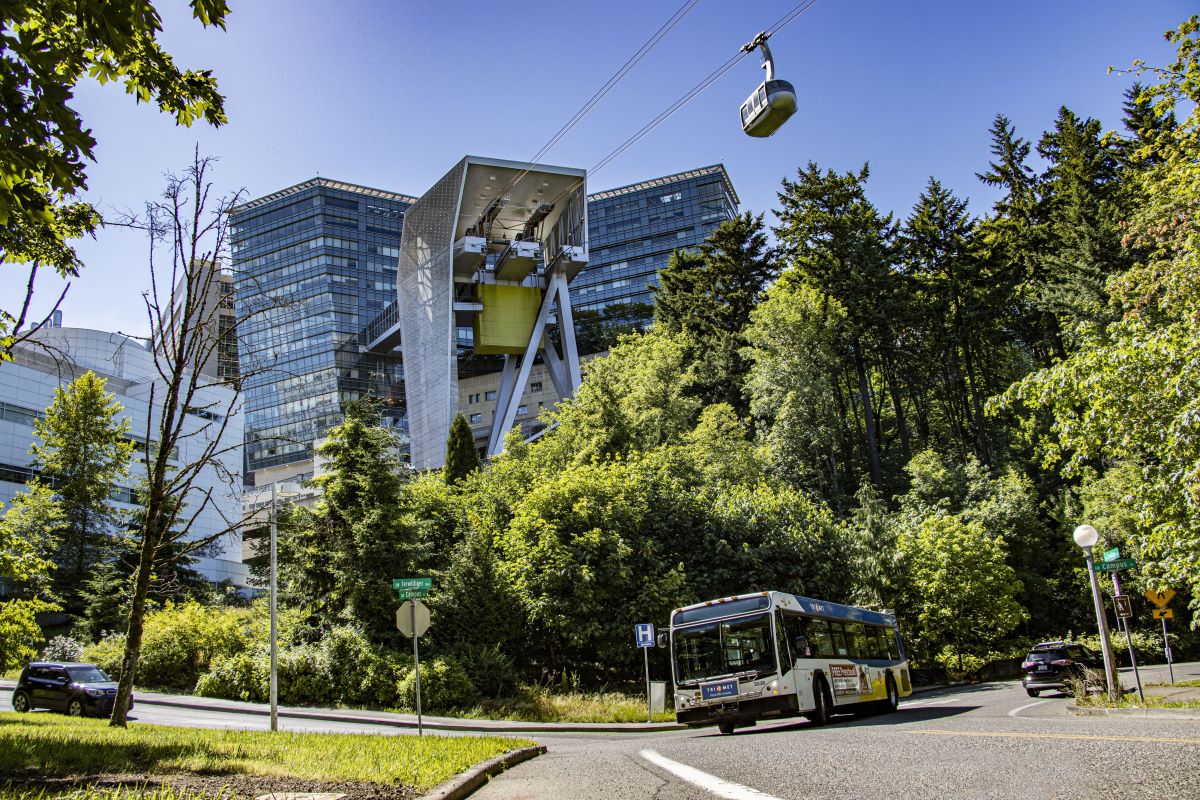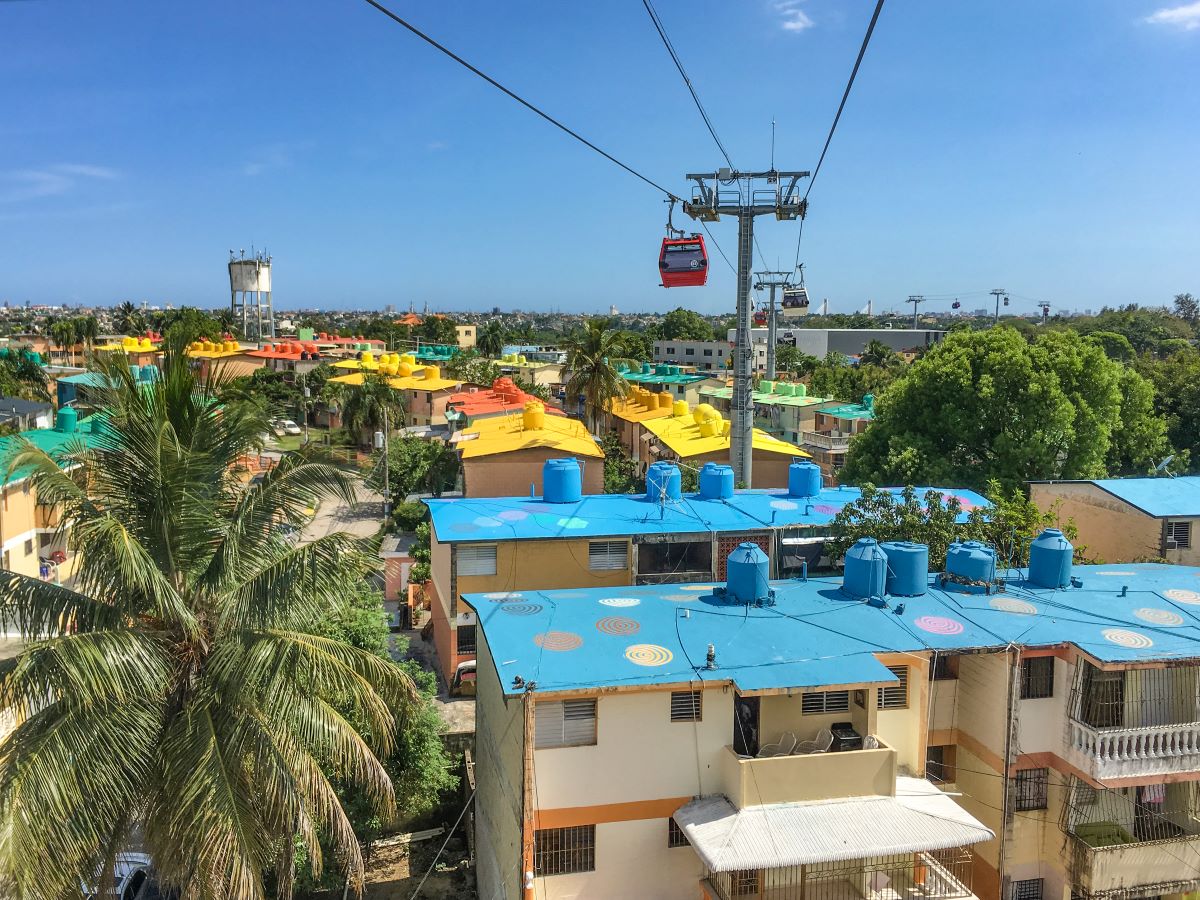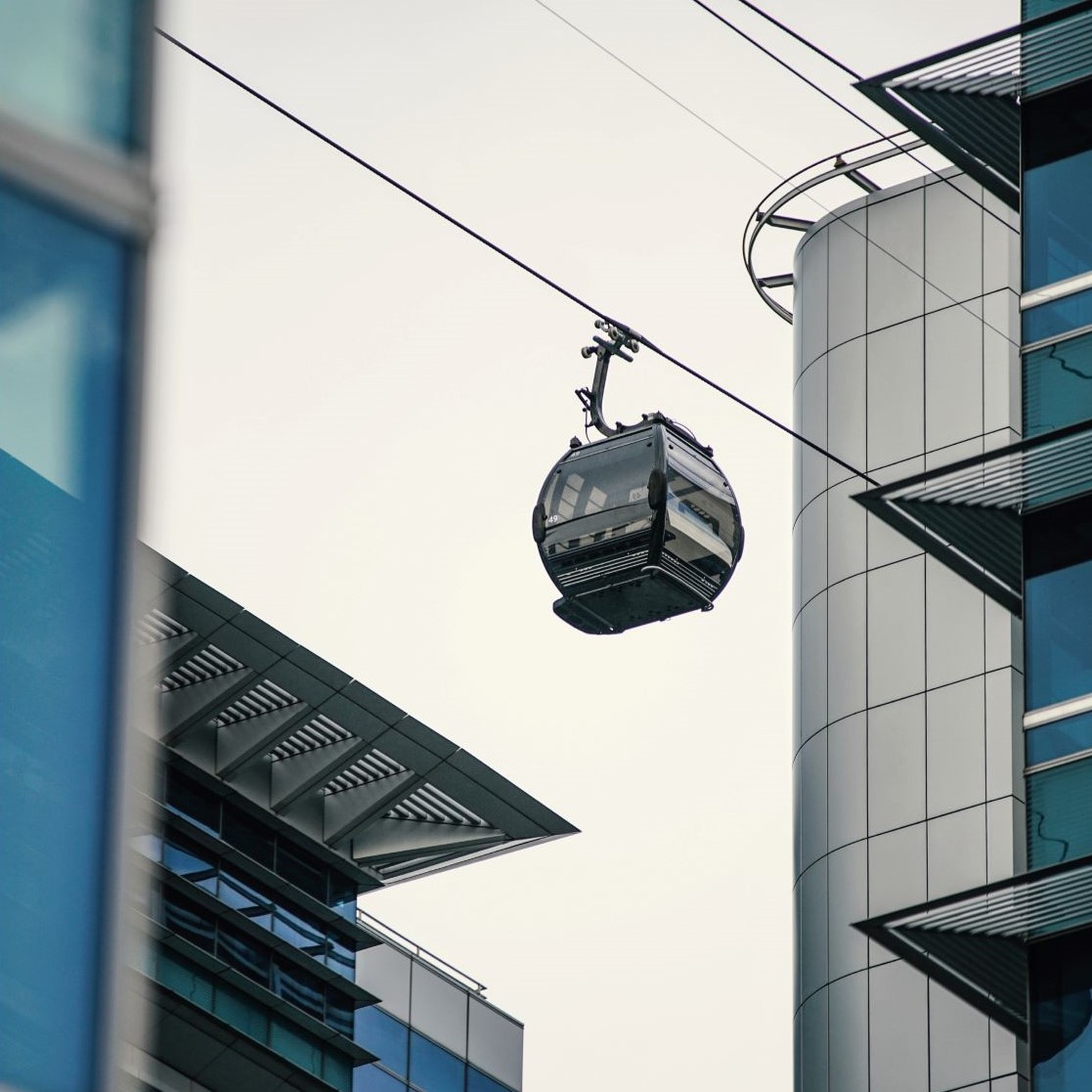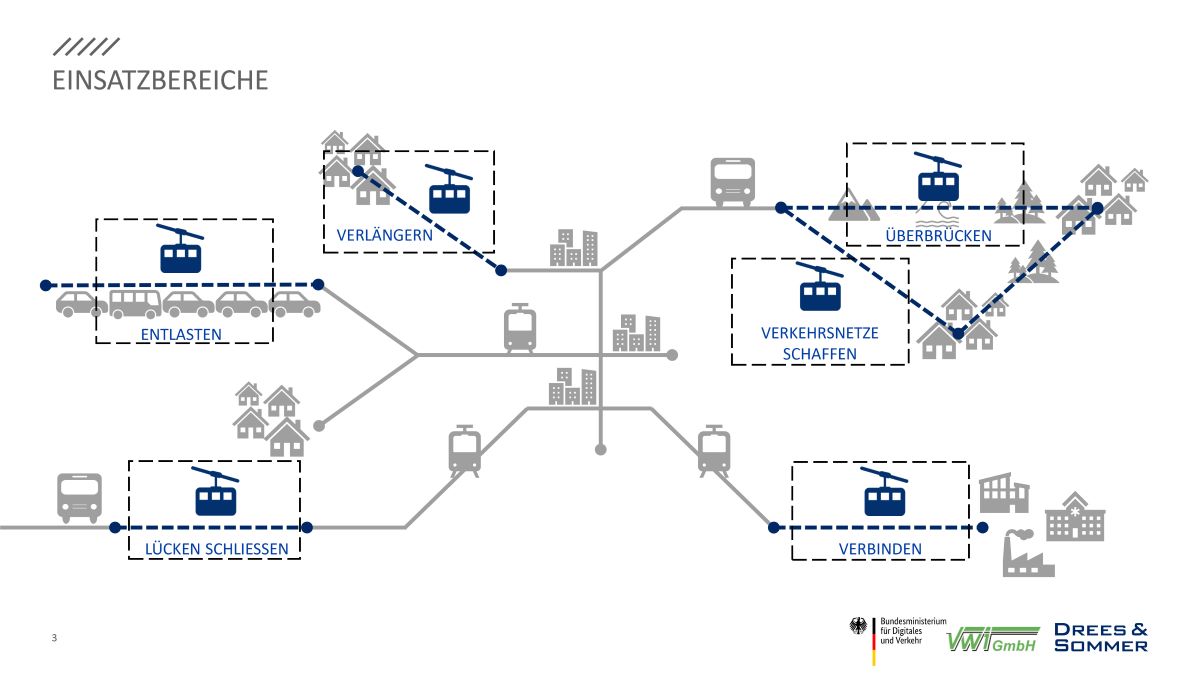
Cities
Cable Cars: Urban Transport of the Future
Projects for the implementation of cable cars in local public transport exist throughout Europe.
In Germany, the cable car in Koblenz is currently operating, others are being planned in Bonn and Stuttgart, and projects in Berlin and Cologne are being considered. They are intended to supplement and relieve the burden on local public transport in cities.
The current state of public transportation in German cities is inadequate: Although commuting by car causes congestion, noise and exhaust emissions, many people are forced to resort to their cars because public transportation is simply underdeveloped and quickly reaches its limits.
Major study
Where exactly the advantages of urban cable cars lie and how realistic their implementation is on a large scale has now been examined in the study “Urban cable cars in public transport. Innovative, sustainable – and a sensible approach?” by Pricewaterhouse Coopers Germany (PwC).
For this purpose, the characteristics, background and current trends of cable cars were examined, as well as the possibilities for implementing them. Finally, the experts from PwC summed up whether cable cars can actually serve as a solution approach.

Characteristics of the urban cable car in transport
From a transportation perspective, the focus of urban cable cars is on reliability and the rate at which people are transported. In the case of cable cars, transport rates of 6,000 people per hour are not uncommon – just like cycles of 30 seconds in which the cabins arrive at the station.
The fact that the cable cars run on their own line – that is, not on the roads, together with the countless buses and cars – also benefits them and compensates for the rather low transport speed of 20 kilometers per hour. However, this can be maintained continuously due to the freedom from traffic jams and other external influences.
In addition, cable cars are the ideal way to connect two locations, especially when geographic conditions preclude other means of transportation. Rivers, mountains and other obstacles are simply passed over.
Also, the tremendous comfort provided by the cozy ride of the cable cars and the often phenomenal views over the city make urban cable cars a true experience.

Technical features of cable cars
The PwC study focuses on aerial cable cars, which are increasingly used in urban mobility, not alternative cable cars, such as funiculars.
The cabins of these cable cars can carry between 6 and 200 passengers at this stage. There are also many options for accommodating passengers in terms of accessibility – which is also necessary for a realistic introduction to public transport.
For example, bicycles, but also baby carriages or wheelchairs can be fitted in the gondolas. This makes the cable car a real alternative for all potential passengers. To prevent traffic obstructions caused by stronger winds, the cable cars can use up to three cables in affected areas.
In addition to the traction cable, the so-called tri-cable circulating cable car system uses two suspension cables running parallel to it, on which the clamp of the gondolas sits. This increases the stability of the cable car.
The freedom in the design of the cable car stations allows them to be partially integrated into existing buildings. This further reduces the already low use of floor space – after all, the cable cars only need their stations and no area for the track.

Economic characteristics of cable cars
The study also looks at the financial aspects of an urban cable car:
At 10 to 20 million euros per kilometer, the already modest investment costs of an urban cable car are far below the immense costs that a train connection would entail and are comparable to those of a tramway. Added to this are the high subsidies that the federal and state governments are willing to contribute to these projects.
In the German state of North Rhine-Westphalia, these are as high as 90 percent of the total costs. In view of this, and the fact that cable cars do not require the construction of a depot, as is the case with buses and streetcars, the investment costs for urban cable cars are very low.
A particularly fast construction time of 12 to 18 months also makes up for the time-consuming planning approval process that comparable projects, such as subways, also require – at a construction time of five to ten years.
With energy consumption of less than half of that of a streetcar and low maintenance costs, cable cars score further points.
Safety features
In terms of safety, cable cars also come out on top:
While statistically there is an accident with a streetcar every 225,000 kilometers of operation and with buses every 616,000, the figure for a cable car is only 17,000,000 kilometers, which makes it an extremely safe means of transport.
The fact that they also hardly produce any emissions harmful to the air during operation means that they can contribute to an increase in air quality in cities.
“Cable car systems are very climate-friendly, they have almost no impact on the environment at all. And they take up little space and are very quiet – which also has a positive impact on their environmental impact,” says Maximilian Rohs, Senior Manager Infrastructure & Mobility at PwC Germany.

Political and legal characteristics of cable cars
It must be admitted, however, that cable cars are not perfect either and face a few challenges: before construction, there must be a detailed assessment of how cable cars traveling over residential areas will affect residents.
In addition, because of the regular spacing between supports, a certain amount of flexibility in planning of the routes is lost, which may only be able to be placed in the right locations after expropriation of property.
Strong protests are regularly voiced by the citizens affected by the construction, for example in Wuppertal.
Areas of application for urban cable cars
So far, the aim of using urban cable cars has not been to replace existing means of public transport. It is about closing gaps in the current networks and making the overall operation more fluid.
Particularly busy routes can be given a level of redundancy through the construction of an cable car. However, the special construction requirements also limit the possible applications somewhat.
The PwC study sums up the requirements and areas of application:
Cities that have limited space can benefit from the minimalist footprint of cable car systems, while others use cable cars as a link between stations and other infrastructure. It is noticeable, however, that cable cars have so far predominantly served routes that cross a short distance and are rarely fully utilized.
Schematic illustration
of the possible applications of urban cable cars.

Conclusion
While, or perhaps because more and more discussions on the topic of urban cable cars are emerging across Germany and globally, it is clear that they could provide a significant contribution to the shift to sustainable, innovative modes of transportation.
However, as the PwC study points out, there are still a few obstacles to overcome, such as the rejection of the citizens concerned. This is, however, not an exclusive problem for cable cars, but affects all comparable means of public transport, such as trains and streetcars.
Nevertheless, from an environmental and cost perspective, cable cars are immensely convincing: both the low-cost, fast construction method and the environment-friendly, sustainable, all-electric operation ensure a positive impact on urban traffic and the quality of life in major cities.
PwC’s study concludes that cable cars make perfect sense as a solution for local public transport, but it is not possible to make a generalized statement for all cities. Instead, those responsible must examine for their own particular circumstances whether urban cable cars are the best solution for the current traffic problems.







